

Customer Satisfaction – Key to Business Growth
Customer Satisfaction is no longer a bonus—it’s a necessity. Businesses that excel at creating memorable customer experiences often enjoy stronger brand loyalty, higher customer retention, and increased profitability. One of the most effective tools to achieve this is digital marketing. From personalized experiences to real-time support, digital marketing empowers brands to meet customer expectations consistently and efficiently.
Table of Contents
ToggleCustomer Satisfaction Infography
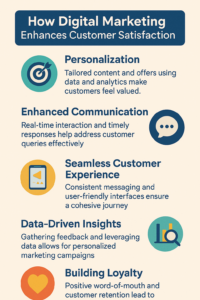
Why Customer Satisfaction Matters in Digital Marketing
Customer satisfaction plays a pivotal role in shaping a brand’s reputation. A satisfied customer is not only more likely to return but also to recommend the business to others—fueling organic growth through positive word-of-mouth marketing.
Key Benefits of High Customer Satisfaction:
Improved customer retention
Increased lifetime value
Stronger brand reputation
Higher conversion rates
With digital platforms becoming the primary point of contact, digital marketing has evolved into a strategic tool to enhance the overall customer experience.
1. Personalization: Tailoring the Experience
Modern customers expect personalized experiences. In fact, studies show that over 70% of consumers feel frustrated when content isn’t relevant to them. Digital marketing allows businesses to leverage data and analytics to deliver customized content and product recommendations.
Tactics for Personalization:
Tailored content and offers: Use browsing history, purchase behavior, and location data to show personalized ads or emails.
Dynamic website content: Change homepage banners, featured products, or landing pages based on user profiles.
Email marketing automation: Send personalized follow-ups, birthday discounts, or product suggestions.
Personalization not only boosts satisfaction but also increases engagement and sales.
2. Enhanced Communication: Real-Time and Reliable
Clear and responsive communication is central to a great customer experience. Digital marketing opens up multiple channels—email, live chat, social media, and messaging apps—making it easier for brands to connect with customers.
Strategies to Improve Communication:
Live chat and chatbots: Provide instant support 24/7 without making customers wait.
Social media responsiveness: Answer queries and resolve complaints quickly on platforms like Twitter, Facebook, or Instagram.
Email responsiveness: Use AI-powered email routing and automation to handle queries efficiently.
Prompt, helpful responses help build trust and show customers that their concerns are a priority.
3. Seamless Customer Experience Across Touchpoints
Consistency is key in delivering a satisfying customer journey. Digital marketing ensures a seamless experience by aligning brand messaging and functionality across every channel.
How to Create a Seamless Experience:
Unified brand messaging: Maintain the same tone, visuals, and value propositions across emails, ads, and your website.
User-friendly websites and apps: Optimize for speed, mobile usability, and intuitive navigation.
Omnichannel strategy: Ensure that customer data and preferences are integrated across platforms for a smooth transition from one channel to another.
This consistent and frictionless approach enhances user confidence and satisfaction.
4. Data-Driven Insights: Understand and Improve
Listening to your customers is essential for improving satisfaction. Digital marketing tools make it easy to gather insights, track behavior, and measure performance in real-time.
Tools to Capture Customer Insights:
Surveys and feedback forms: Use platforms like Typeform or Google Forms to collect customer opinions.
Social media monitoring: Track brand mentions, reviews, and sentiment across platforms.
Website analytics: Use tools like Google Analytics or Hotjar to understand user behavior, drop-off points, and content performance.
These insights help refine your marketing strategy and deliver what your customers actually want.
5. Building Loyalty and Retention
Customer loyalty doesn’t happen by accident—it’s a result of consistent, high-quality experiences. Digital marketing helps brands nurture relationships over time and encourage repeat business.
Digital Tactics to Foster Loyalty:
Loyalty programs: Offer rewards for repeat purchases, referrals, or social shares.
Retargeting ads: Remind past visitors of products they showed interest in.
Exclusive content and offers: Use email newsletters to provide VIP perks or early access to sales.
A loyal customer base provides long-term value and stability to your business.
6. Measuring Customer Satisfaction
To improve customer satisfaction, you must first know how satisfied your customers are. Several digital metrics can provide insights into how well your efforts are working.
Key Metrics to Track
Customer Satisfaction Score (CSAT): Ask users to rate their satisfaction with a product or interaction.
Net Promoter Score (NPS): Measure the likelihood that a customer will recommend your brand.
Customer Effort Score (CES): Track how easy it was for customers to accomplish their goals (e.g., contacting support, making a purchase).
Regularly monitoring these metrics allows you to identify gaps and act quickly to enhance satisfaction.
Conclusion
In the age of digital transformation, customer satisfaction is intricately tied to your digital marketing strategy. Businesses that leverage digital tools to personalize experiences, communicate effectively, and deliver seamless interactions are far more likely to earn and retain loyal customers.
By using data-driven insights, optimizing every touchpoint, and regularly measuring satisfaction levels, your business can stay ahead of the competition—and more importantly, keep your customers happy.





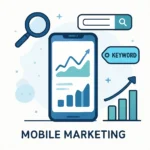




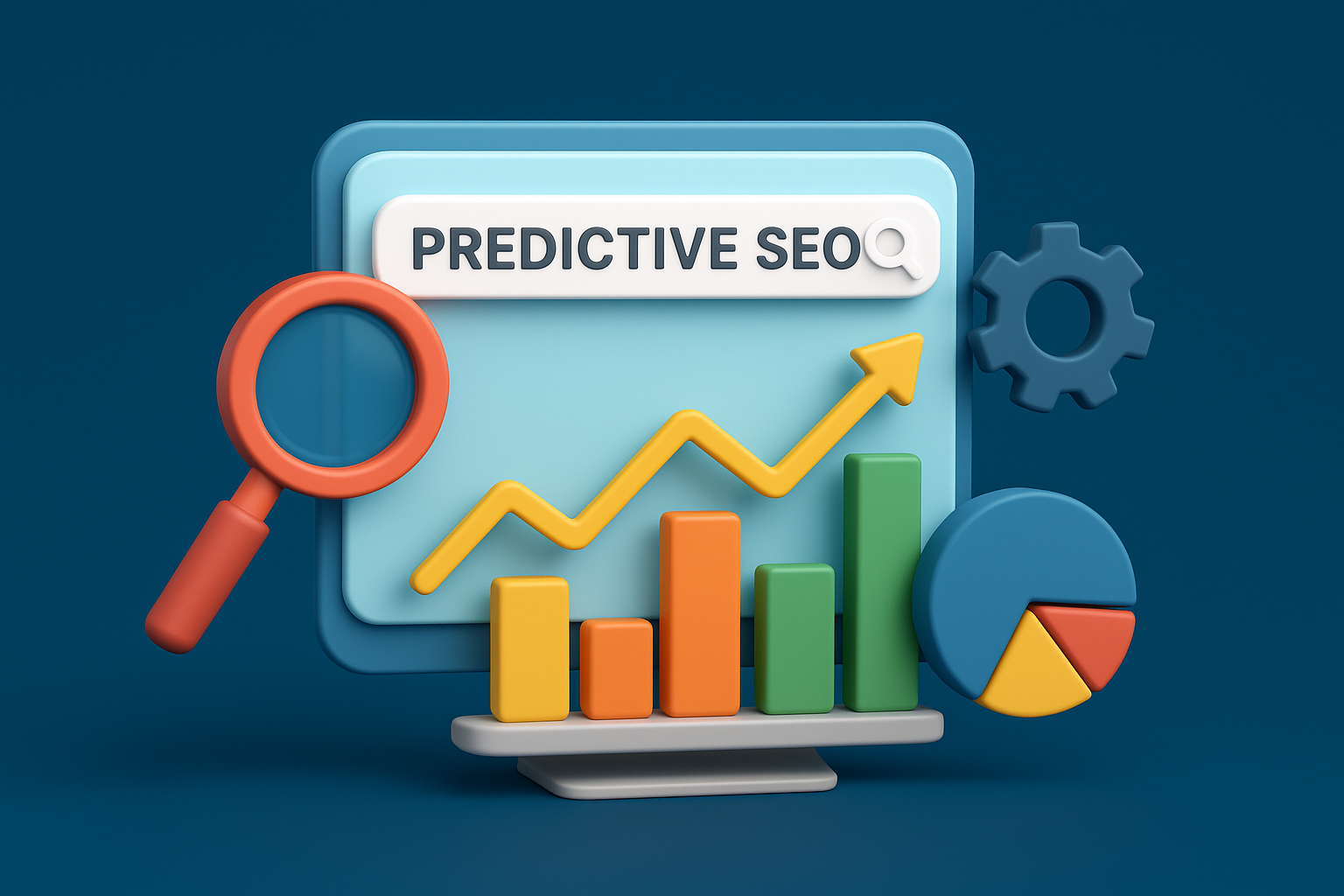


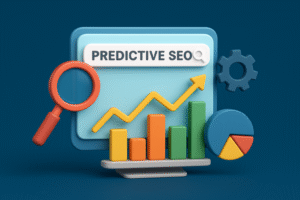




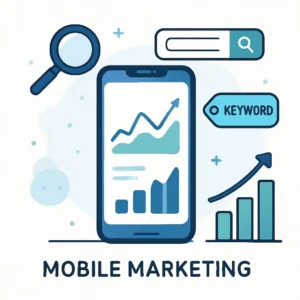



Post Comment